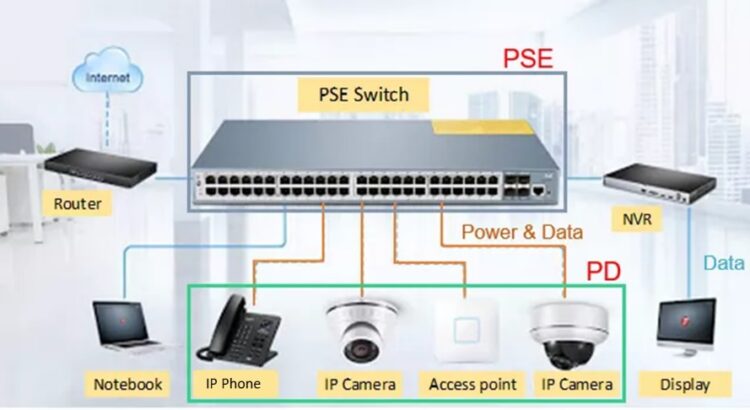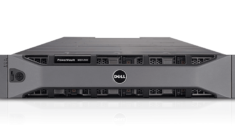By Lucero Artemio, Senior Product Manager, Fiberroad Technology
Power over Ethernet (PoE) is a common way of passing electric power along with data over twisted-pair Ethernet cabling. While the protocol is a standard, it also has many ad hoc applications. Read on to learn more about the Power Over Ethernet
What is Power Over Ethernet?
Power over Ethernet (PoE) is a standard and ad hoc networking technology that passes electric power along with data through twisted-pair Ethernet cabling. It enables a number of different applications, including video and audio. It is becoming a popular choice for small business networks and other high-volume computing environments.
Power over Ethernet is a new way to power your network devices via standard ethernet cable. This method of powering a device eliminates the need for a separate power adapter. The cable will supply low voltage dc power as well as the ethernet connection. This is a great option for access points and other devices that require power but cannot be powered locally.
PoE uses network cables to carry both electric power and data signals, making them more convenient to install. Using higher-quality copper cable for PoE is best, but lower-quality copper cables will do just as well. PoE speeds can range from Fast Ethernet (10/100 Mbps) to 10Gbps Multi-Gig.
How Does Power Over Ethernet Work?
Power over Ethernet is a technology that allows both data and power to be transmitted over one network cable. It is a great option for businesses, as it greatly simplifies installation and is a great way to save money. However, it isn’t available in every business setting. For smaller offices, this technology may not be available.
Power over Ethernet works by providing low-voltage dc power over an ethernet cable. It is ideal for access points, which require a network connection but do not have a local power source. In addition, this technique can eliminate the need for a separate power adapter.
To make PoE compatible with non-PoE devices, you must first use a splitter. This piece of hardware connects to the ‘IN’ port of a PoE-enabled networking device. Next, the splitter separates the data from the power signal. Power is then transmitted through a power ‘OUT’ cable that connects to the device’s power inlet. The data is then transmitted over the data-only ethernet cable.
Final Thought
PoE is an increasingly popular way to connect devices to the network. Its benefits include reduced electrical costs and increased flexibility for managing connected devices. It also allows for more sophisticated features around device powering. For example, PoE eliminates the need for end devices to be located close to a power circuit, which simplifies management.
Another advantage of Power over Ethernet is that it can reduce deployment costs and space requirements. Unlike traditional network cables, which are mostly used for data transmission, power over Ethernet cables can support low-power devices. This is especially useful for IP cameras, VoIP telephones, routers, and access points that don’t need a high voltage. These devices can be housed in small cabinets, which can help save space in a building.
As businesses increasingly rely on technology, they must gain control over power and connectivity issues. With Power over Ethernet, businesses can take control of these issues and bring their operations into the digital age.





